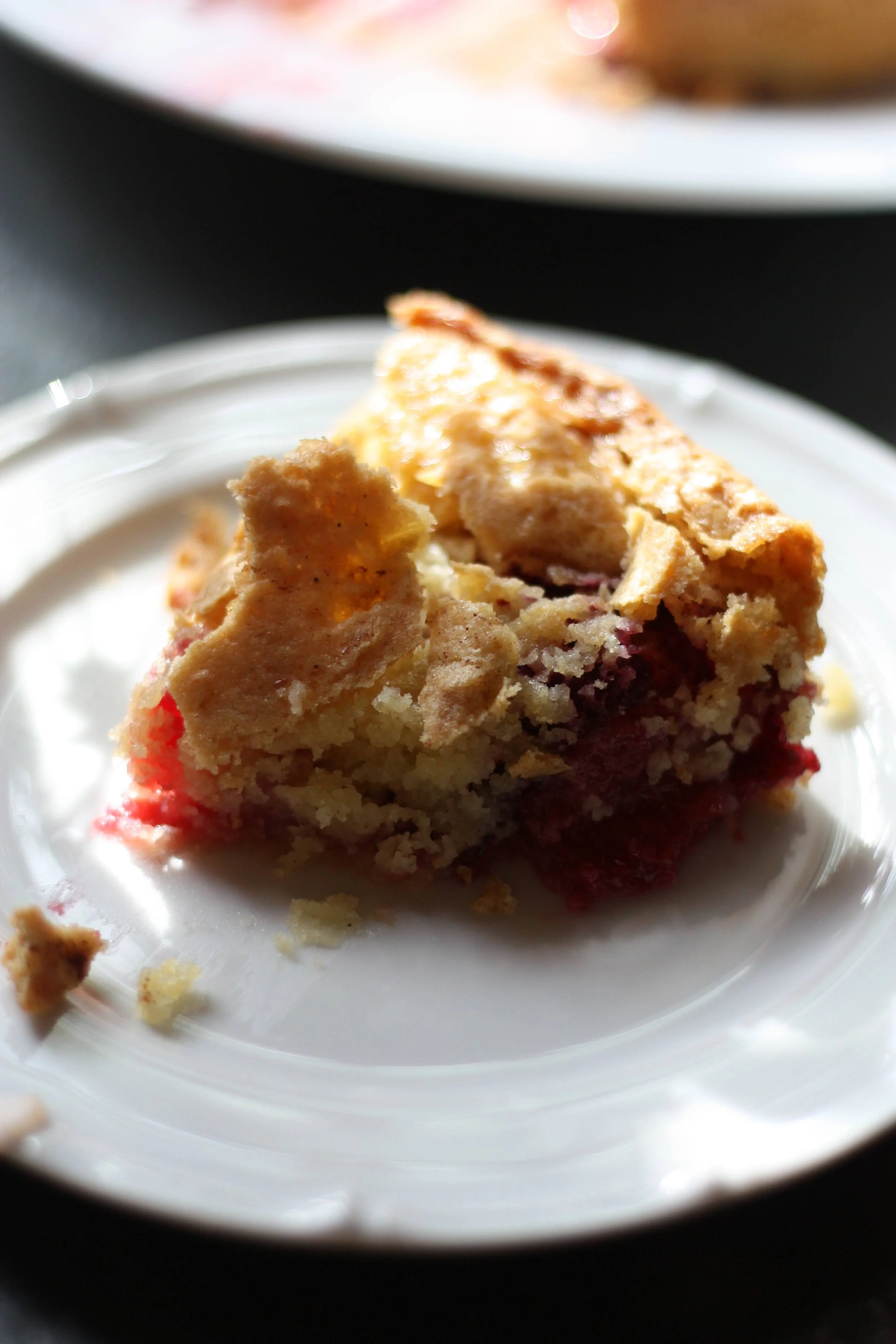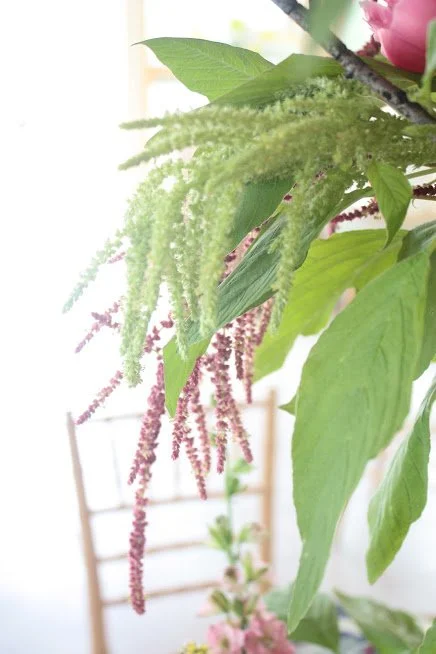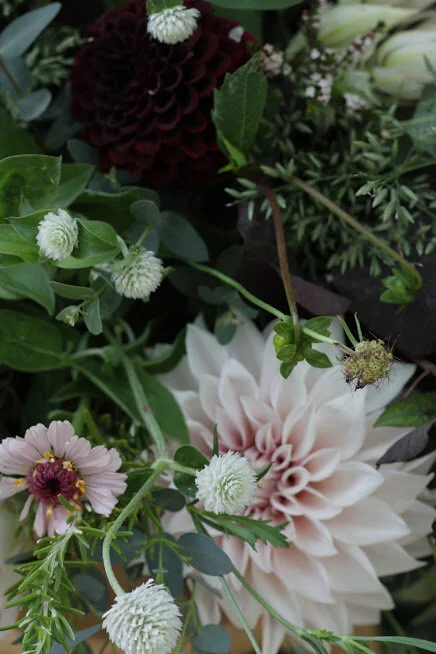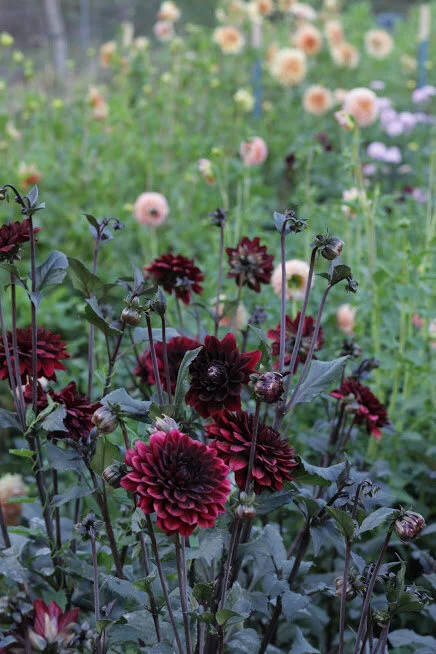How is it already August? I feel like I was just planning the designs for the summer garden yesterday! And now today I’m looking to plan the garden for next year and am planning on sowing seeds of hardy annuals, biennials and perennials to overwinter and bloom in 2023.
I have been therefore been feeling the need to live more in the moment. I think this is something that we’ve been experiencing personally since the pandemic, and more so with the very unpredictable times (that seem to become much more unpredictable by the month for better or for worse) and I am finding a distinct need to ground myself.
Read More


















